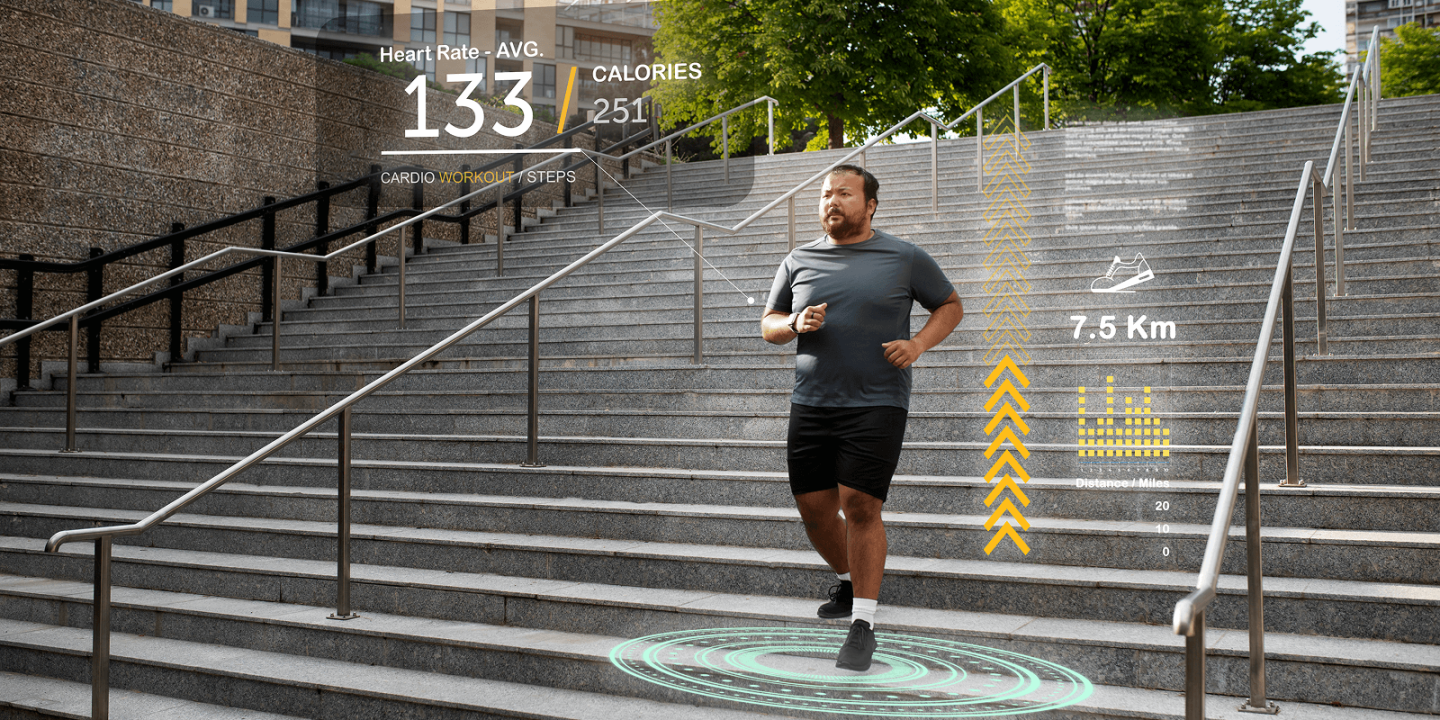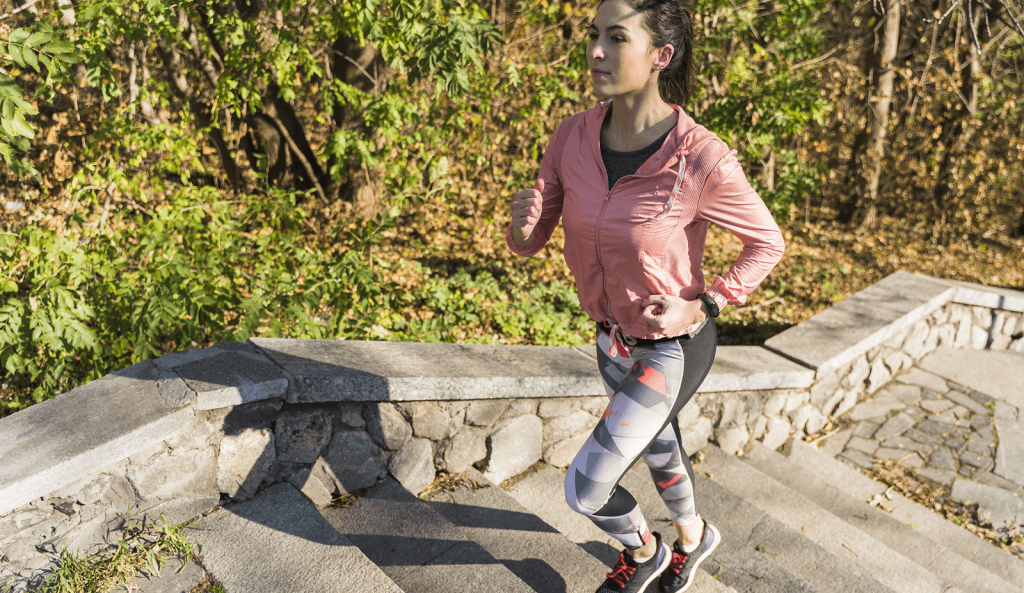
Walking might seem too simple to be transformative, but science and real-life experience say otherwise. The 10,000 Steps Challenge has grown from a marketing idea into a global health movement, and for good reason. In an age dominated by intense workouts, complicated fitness programs, and expensive equipment, this simple daily practice stands as a reminder that consistent movement is what truly transforms health.
Whether you’re just starting your fitness journey or you’re looking for something sustainable and low-impact, walking offers powerful benefits without stress, injury risk, or complexity.
Here’s everything you need to know to make walking, and this challenge, your long-term wellness companion.
1. Why 10,000 Steps? The Science and Origin
The concept of walking 10,000 steps a day first appeared in Japan in the 1960s, when a pedometer named “Manpo-kei” was launched (which means “10,000 steps meter”). While originally a marketing move, modern research now backs its effectiveness.
Recent studies show that walking 8,000 to 10,000 steps daily can significantly lower the risk of heart disease, stroke, Type 2 diabetes, and even some cancers. What’s even more encouraging? The benefits plateau around 7,000–10,000 steps, so perfection isn’t required to make progress.
Key benefits of walking consistently:
- Improved cardiovascular function and lower blood pressure
- Reduced body fat and waist circumference
- Enhanced insulin sensitivity and better blood sugar control
- Fewer mental health symptoms, like anxiety and depression
- Lowered all-cause mortality rates (especially for those over 40)
The power of walking lies in its accessibility and its ability to move both the body and the mind forward.

2. Make It Work for You: Integrate Steps Into Real Life
One of the biggest myths around walking is that you need an entire hour carved out of your day. In reality, most people can hit their step goals by sprinkling in movement throughout the day.
Here’s how to accumulate steps without overthinking:
- Take a brisk 10–15-minute walk after each meal (great for digestion and blood sugar too)
- Walk around during long phone calls or meetings
- Choose the stairs instead of the elevator, even for a few flights
- Park farther away at work, shops, or events
- Use rest breaks to take 5-minute walking sprints every hour
These small adjustments not only help you hit your goal but also reduce sedentary time, a major health risk in itself.
3. Supercharge Your Steps for Extra Burn
Want to turn walking into a more effective fat-burning or conditioning tool? Try adding resistance, intensity, or variation.
Tips to increase impact:
- Add intervals: Speed up your pace for 30 to 60 seconds, then recover.
- Walk on inclines or trails: Uphill walking burns more calories and strengthens glutes and hamstrings.
- Carry something: Light weights, a backpack, or even groceries can increase resistance.
- Use stairs or do walk-lunge intervals: A few sets of walking lunges or squats mid-walk build strength and stability.
These small tweaks gently shift your routine from a basic walk to a more holistic workout, without risking joint strain.
4. Track, Measure, Repeat: The Motivation Factor
Tracking your steps is about more than numbers; it’s about building self-awareness and momentum. When you can see your progress, you’re more likely to stay consistent and push further.
How to stay on track:
- Use free apps like Google Fit, Apple Health, or Samsung Health
- Invest in a wearable tracker (Fitbit, Garmin, or a smartwatch)
- Set mini-goals, like 5,000 steps before lunch or 1,000 steps every hour
- Join step challenges or compete with friends for extra motivation
Over time, your data becomes a story of your discipline and a powerful reminder of how far you’ve come.
5. The Mental Edge: Why Walking Supports Brain and Mood
Physical activity doesn’t just reshape your body; it transforms your brain. Walking is now recognized as a key tool for mental wellness, thanks to its unique blend of movement, rhythm, and natural stress reduction.
Emotional and mental perks of walking:
- Elevates mood through endorphin release
- Reduces cortisol, the body’s primary stress hormone
- Boosts focus, memory, and learning capacity
- Supports emotional regulation and better sleep
- Encourages mindfulness and creativity (especially in nature)
Think of walking as a moving meditation. It’s where your mind can unwind, process, or even generate new ideas.
6. After the First Month: What’s Next?
The first 21–30 days of a habit are crucial, and also the most fragile. But once walking becomes part of your routine, your body will start to crave it.
After the challenge:
- Increase to 12,000–15,000 steps if fat loss is your goal
- Begin alternating walking days with light resistance or core training
- Explore new walking trails, parks, or destinations to stay inspired
- Walk with a friend or join a walking club to stay social and consistent
You’ll not only maintain your results but also set a foundation for more advanced movement and deeper lifestyle upgrades.
Step Into a New Chapter of Health
The 10,000 Steps Challenge isn’t about perfection or numbers; it’s about building a habit that moves a natural part of life. In a world full of overcomplicated solutions, this simple practice stands out as something nearly everyone can do, regardless of age, weight, or fitness level.
So lace up your shoes, step out the door, and take control of your health in the most accessible, sustainable way possible.
Every step counts, and it’s the ones you take consistently that carry you toward lasting transformation.
🟢 Your strength is built step by step. Let the journey begin.












